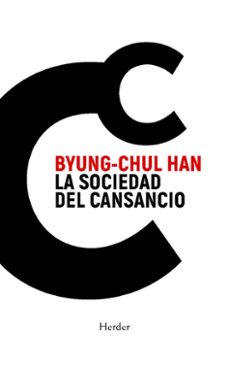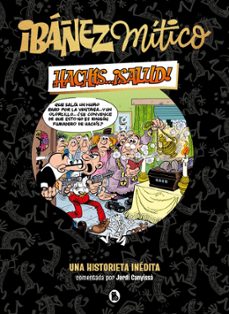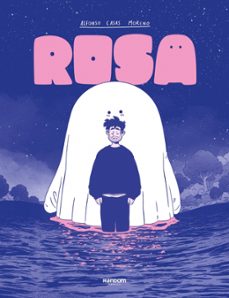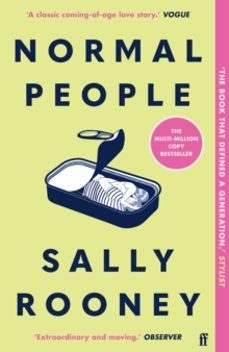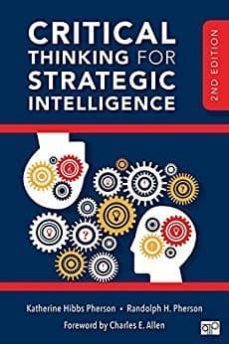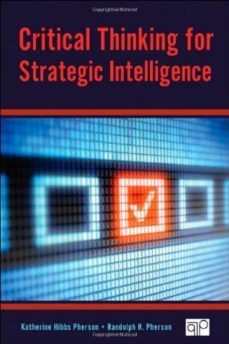Imprescindibles
Más vendidos Libros más leídos eBooks más leídos Todos los libros Todos los libros Autores destacados Series y sagas
Recomendados Libros recomendados Autores destacados Libros que inspiran Vidas con historia LGTBIQ+ English books
Ficción
Literatura Contemporánea Estudios literarios Clásicos Cuentos Poesía Teatro Libros de bolsillo Sagas literarias
Géneros literarios Novela romántica y erótica Novela negra Novela histórica Narrativa fantástica Novela de ciencia ficción Novela de terror Narrativa de humor Narrativa de viajes
No Ficción
Ciencias y tecnología Biología Ciencias Ciencias naturales Divulgación científica Informática Ingeniería Matemáticas Medicina Salud y dietas Formación Idiomas Estilo de vida Libros de Cocina Guías de viaje Narrativa de viajes Deportes Libros de Juegos Manualidades
Humanidades Autoayuda y espiritualidad Ciencias humanas Derecho Economía y Empresa Psicología y Pedagogía Filosofía Sociología Filología Biblioteconomía Estudios filológicos Estudios lingüísticos Estudios literarios Historia y crítica de la Literatura
Infantil
Juvenil
#Jóvenes lectores Narrativa juvenil Clásicos adaptados Libros Wattpad Libros Booktok Libros de influencers Libros de Youtubers Libros Spicy Juveniles Libros LGTBIQ+ Temas sociales Libros ciencia ficción Libros de acción y aventura Cómic y Manga Juvenil Cómic Juvenil Manga Shonen Manga Shojo Autores destacados Jennifer L. Armentrout Eloy Moreno Nerea Llanes Hannah Nicole Maehrer
Libros de fantasía Cozy Fantasy Dark academia Hadas y Fae Romantasy Royal Fantasy Urban Fantasy Vampiros y hombres lobo Otros Misterio y terror Cozy mistery Policiaca Spooky Terror Thriller y suspense Otros
Libros románticos y de amor Dark Romance Clean Romance Cowboy Romance Mafia y amor Romance dramatico Romance dramatico Romcom Sport Romance Otros Clichés Enemies to Lovers Friends to Lovers Hermanastros Slow Burn Fake Dating Triángulo amoroso
Cómic y Manga
Novela gráfica Novela gráfica americana Novela gráfica europea Novela gráfica de otros países Personajes, series y sagas Series y sagas Star Wars Superhéroes Cómics DC Cómics Marvel Cómics otros superhéroes Cómics Valiant
eBooks
Literatura Contemporánea Narrativa fantástica Novela de ciencia ficción Novela de terror Novela histórica Novela negra Novela romántica y erótica Juvenil Más de 13 años Más de 15 años Infantil eBooks infantiles
Humanidades Autoayuda y espiritualidad Ciencias humanas Economía y Empresa Psicología y Pedagogía Filosofía Historia Historia de España Historia Universal Arte Cine Música Historia del arte
Ciencia y tecnología Ciencias naturales Divulgación científica Medicina Salud y dietas Filología Estudios lingüísticos Estudios literarios Historia y crítica de la Literatura Estilo de vida Cocina Guías de viaje Ocio y deportes
Randolph H. Pherson
Recibe novedades de RANDOLPH H. PHERSON directamente en tu email
Filtros
Del 1 al 3 de 3
Plaza y Valdes, S.L. 9788415271673
Esta obra es una recopilación única y exhaustiva de 50 técnicas de las cuales los analistas se pueden servir para incrementar la calidad de su producto. La utilización de técnicas casi siempre ahorra tiempo y facilita la colaboracion, especialmente en la fase inicial de un proyecto. Se trata de tecnicas que proceden en gran medida del mundo de la inteligencia, pero tambien se convierten en herramientas practicas para otros analistas pertenecientes a una amplia gama de profesiones tales como las relacionadas con la aplicacion de la ley, la medicina, las finanzas y los negocios. Ademas de definir el papel y alcance del Analisis Estructurado como una forma de analisis diferenciada, este libro acompaña sistematicamente a los lectores a lo largo de una taxonomia de ocho categorias de tecnicas que conforman un solido proceso analitico. Para cada una de las 50 tecnicas tratadas se incorporan instrucciones paso a paso y una descripcion, no solo de cuando utilizarlas y del valor que aportan al analisis, sino tambien de las trampas potenciales que se han de evitar en el proceso. En este apartado se incluyen igualmente ejemplos para cada tecnica y como esta se relaciona con el resto de las que aparecen en el libro. Los autores añaden ademas capitulos que informan sobre la manera de conseguir una colaboracion analitica eficaz y de comprobar los efectos positivos de las Tecnicas Analiticas Estructuradas, y exponen asimismo una propuesta para alcanzar un clima analitico mas solido en el futuro. Por tanto, al definir un ambito especifico para las tecnicas analiticas estructuradas, proporcionar un manual para su enseñanza y diseñar la investigacion que se ha de realizar sobre ellas, el libro establece una base comun desde la cual los analistas seran capaces de trabajar de forma mas eficiente.
Ver más
Tapa blanda
PHERSON, KATHERINE HIBBS y Randolph H. Pherson
SAGE PUBLICATIONS 9781506316888
With this second edition of Critical Thinking for Strategic Intelligence, Randolph H. Pherson and Katherine Hibbs Pherson update their highly regarded, easy-to-use handbook for developing core critical thinking skills and analytic techniques. This indispensable text is framed around 20 key questions that all analysts must ask themselves as they prepare to conduct research, generate hypotheses, evaluate sources of information, draft papers, and ultimately present analysis. New material includes a chapter on working with statistics and probabilities at an introductory level; discussions on how to work with social media; managing the big data phenomenon and what role analysis plays both at the front and back end of utilizing such information.Each of the books chapters are consistently organized, enabling students and analysts alike to easily trace the key steps of: Setting the Stage; Looking More Deeply; Key Takeaways; Considering the Case Study, and the books illustrations include useful graphics that diagram and display the processes and structured analytic techniques for arriving at the best possible analytical products. The Analysts Roadmap provides an at-a-glance map for readers depicting the best practices involved in perfecting the analytical product. A set of carefully crafted case studies on national intelligence, homeland security, and law enforcement issues illustrate how to apply these critical thinking skills tie directly to end-of-chapter questions, providing valuable self-assessment opportunities.
Ver más
Tapa blanda
PHERSON, KATHERINE HIBBS y Randolph H. Pherson
SAGE PUBLICATIONS 9781452226675
Accomplished instructors and intelligence practitioners Beebe and Pherson have created a set of twelve robust, class-tested cases on events in foreign intelligence, counterintelligence, terrorism, homeland security, law enforcement, and decision-making support. The case studies are designed to give analysts-intraining a hands-on opportunity to apply structured analytic techniques to tackle real-life problems. Each case delivers a compelling narrative and a set of step-by-step instructions that make teaching and learning as effective and efficient as possible.Key Features:- Questions at the start of each case challenge the student to think critically and help the students bring the case into focus;- Carefully crafted narratives provide the right amount of detail to give a realistic sense of the complexity and challenges of the case;- Recommended readings at the end of each narrative allow room for further research- Sections entitled "Structured Analytic Techniques in Action" frame the analytic tasks and provide step-by-step instructions for applying three to fi ve analytic techniques in a series of exercises for each case study;- Two hundred photos, maps, figures, tables, boxes, and technique templates support analysis and instruction; and- A matrix of the cases and techniques used in each cases augment the annotated table of contents and provide students and instructors an all-in-one view of the contents.
Ver más
Tapa blanda
Del 1 al 3 de 3








